Transit-ing Big Data

Consumers are spoiled by the choices they have to navigate the public transit system – they can use Google Maps, Bing Maps, Apple Maps, Moovit, transit maps, or even Lyft. The Transit app was released in 2012. How will the Montreal-based company compete in this crowded market?
Overview
The Transit app has been chugging along for a decade, but in a crowded marketplace and low barrier to switching, how has the company differentiated itself from its competitors? One of the key strategy areas has been to partner with transit agencies to improve the app.
The Transit app’s interface offers users a screenshot of nearby lines and a search box for directions. Once the user has entered a location, Transit offers users the most efficient way to travel somewhere using transit, ride share, or cycling/scooter services and most importantly also offers a combination of different modes – multimodal transportation.
Value Creation
By partnering with transit agencies, ride-sharing apps, bicycle/scooter services and being user-focussed, Transit has managed to capture various data to provide insights on different types of transportation and using historical data to help project future demand. Some of these data include:


Additional data include weather, time of day, week, and year – which was especially relevant to measure various public health safety measures and their effects on public transit use during the COVID-19 pandemic.
Using rider-generated data, Transit has partnered with Transit agencies to improve their services by providing insights into:
- how busy certain transit lines are – by tracking the number of riders, allowing public transit agencies to anticipate future demand
- factors that result in users choosing ride share apps over public transit – in the Boston study, MBTA researchers found that wait time, walking distance, and commuting time were the most important factors in users choosing ride share over public transit.
- turnkey solution for fare purchases – Transit has integrated with various transit agencies’ payment systems so riders can purchase their fares in-app and show proof of payment in the app. By reducing friction to using public transit, transit agencies can improve ridership and also reduce the number of ticket selling locations and technical infrastructure required to sell tickets.

For transit users, Transit has :
- improved real time bus and train information – by tracking riders’ locations and rewarding them for sharing this information and providing transit agency updates immediately to riders.
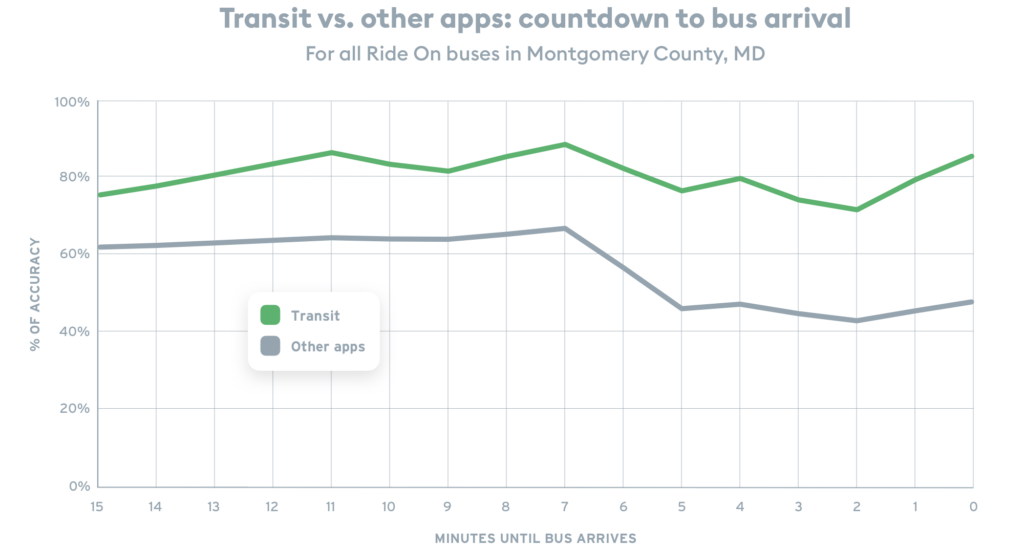
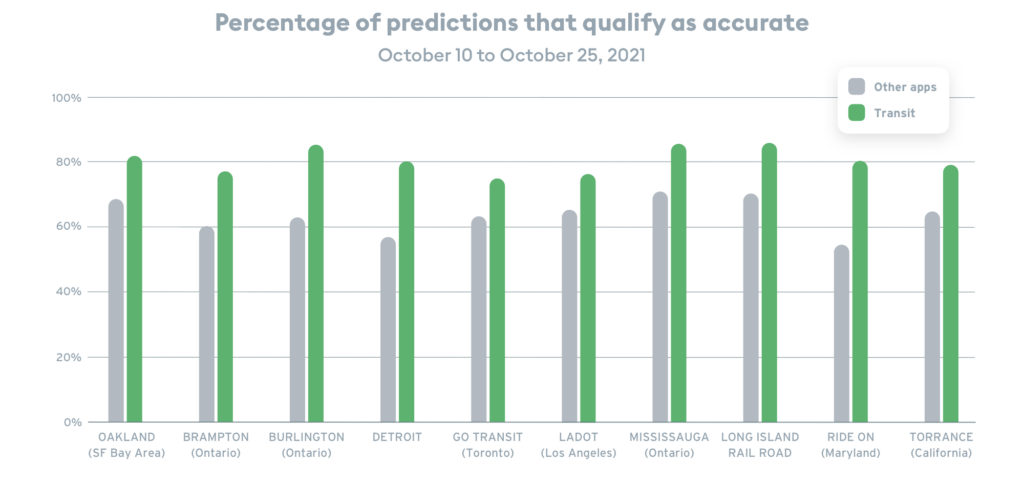
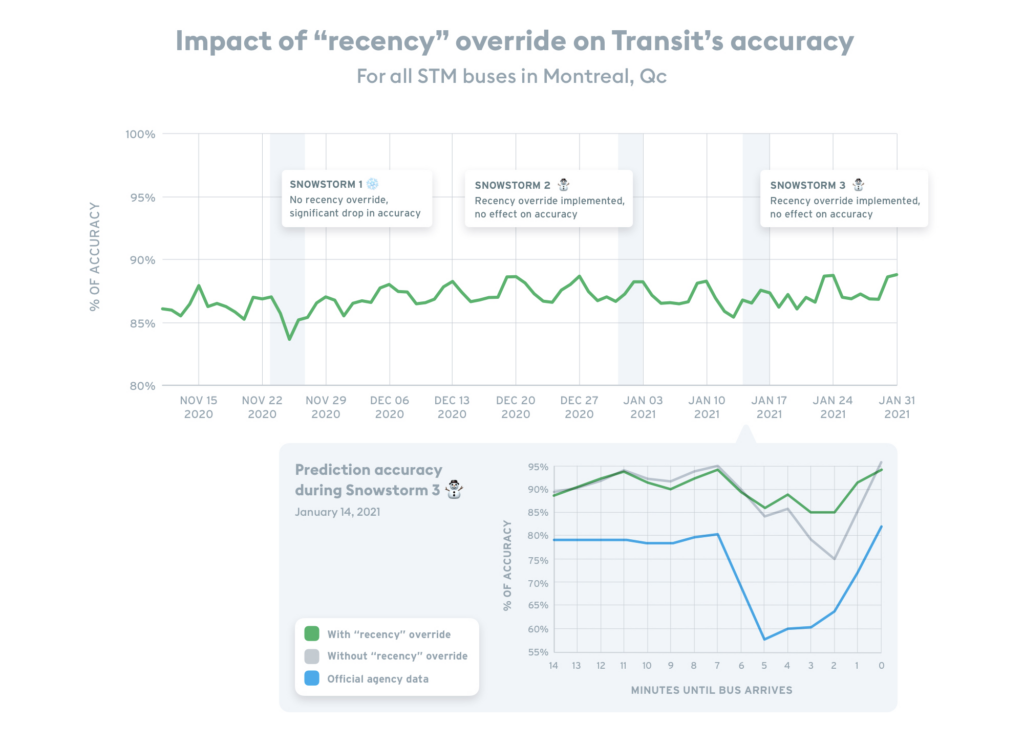
- opened up different ways of getting places – improving mobility for riders and allowing them to choose between the fastest, cheapest, or healthiest route (by walking or cycling) by offering multimodal transportation options (Transit+)

- enabled tourists to purchase bus tickets and bike share passes easily without having to navigate an entire new interface or download a new application
- gamified the public transit experience – by showing the number of other Transit users they have helped by sharing the data, encouraging users to share ride information and crowding information. For each transit line, there are also leaderboards so users can compete to help more people using their data.
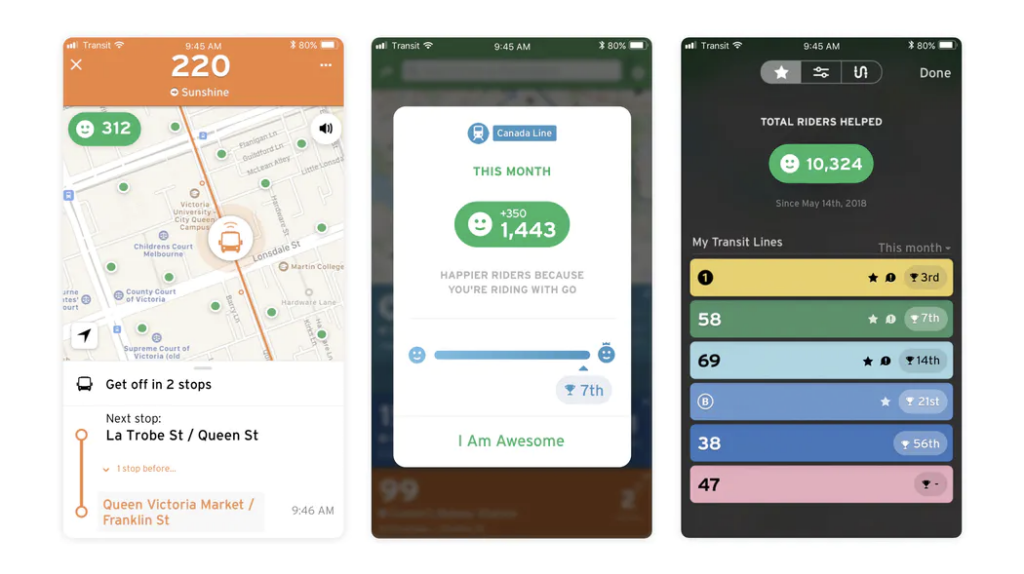
- linking users with vaccine clinics – during the pandemic, the app further showed vaccine clinic locations so users could easily find where they could get vaccinated against COVID-19.
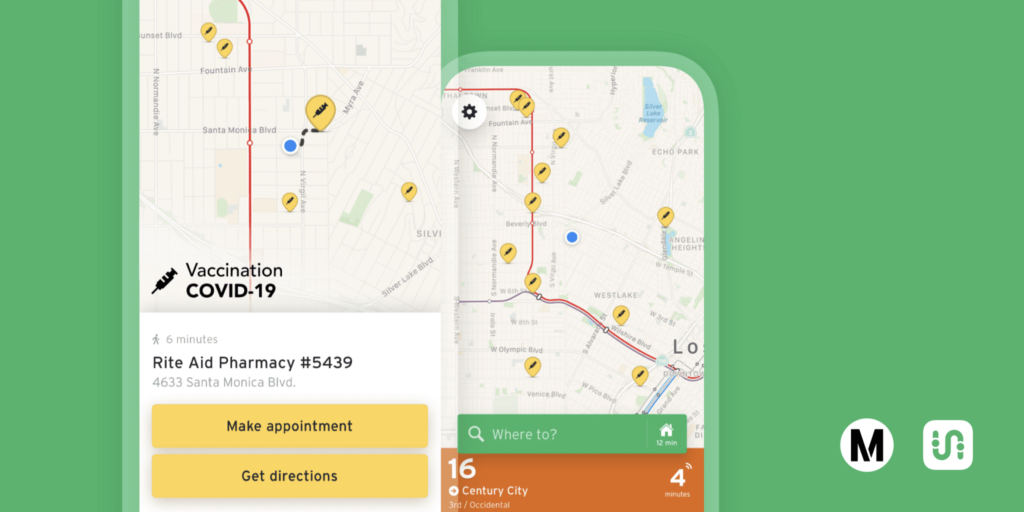
Value Capture
Transit has steadfastly held on to not relying on selling personal data or running ads to support its service. Instead, it has collected a commission on transit fare sales through its app and for linking riders with rideshare services.
However, this was still not generating enough revenue, so Transit launched Transit Royale – a subscription service that they sell to both transit agencies and app users. It provides enhancements such as letting users customize their emojis and enabling riders to plan rides further ahead into the future. Some transit agencies have paid for this service instead so all riders on the system have access to these perks.
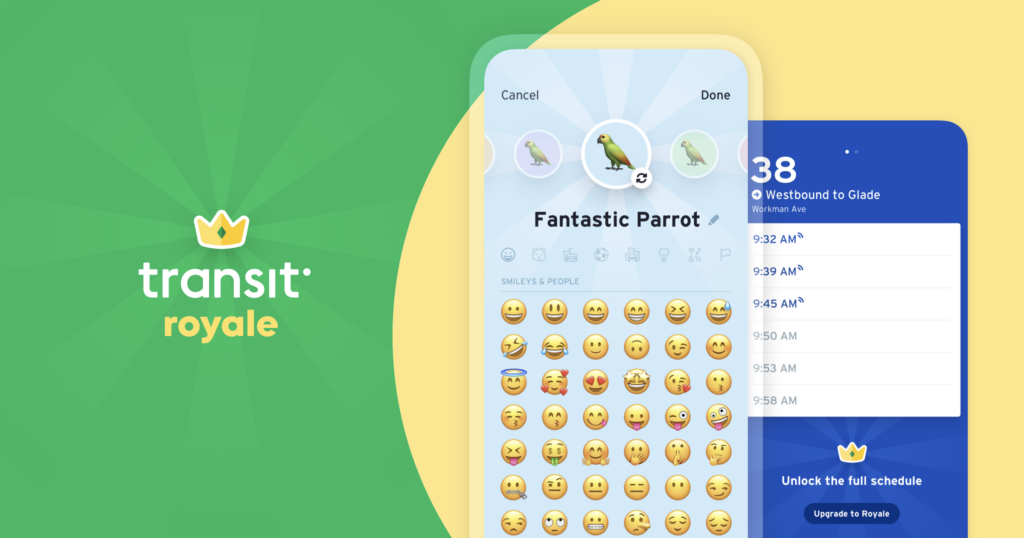

Challenges and opportunities
Value capture continues to remain the largest barrier for the company. After providing so much value to riders and transit agencies, will Transit App be able to sustain its business model through just ticket sales commissions and the newly launched Transit Royale?



Given their work with public agencies, what is Transit doing to prevent copycats from stealing the core underpinning value proposition? As public entities, can the agencies sign exclusive deals with them?
Thank you for the post, Kevin. Undoubtedly value capture still represents a problem. The limited audience that transit royale is likely to have seems to represent a barrier to a significant increase in revenues. I was wondering if additional revenue streams could be added by introducing new features in the app. As you mentioned, Transit is particularly valuable for tourists. Transit might add additional features for trip planning (suggestions, recommendations) and have an additional revenue stream by partnering with local attractions (museums, restaurants)